Reporting banded birds is a massive benefit to researchers and ornithologists worldwide. So in this article, I’ve tried to compile as many of these resources as I could to make it easier for you to know where to go after spotting a banded bird.
This will be an ongoing project for me as I discover more resources to submit banded bird reporting. But before we get to where you should submit these birds, there is some vital information you need to know.
Correctly Formatting Your Banded Bird Reporting:
Before you send researchers your photos, you should try to include this information:
- The common and scientific name of the bird.
- The time, date, and location of the sighting.
- You can use the geotag from a photo taken on your smartphone to get exact coordinates if you take a picture of the sighting location.
- If you forgot to do this, simply go to Google Maps and place a pin on the area of the sighting and this will give you your latitude and longitude.
- What colored bands are on which legs?
- Make a note of any additional bands (radio transmitters, numbers and letters on the band, wing flags, etc.).
- Make a note of any behaviors or appearances these particular birds had.
- Courtship, territory, copulation, nesting, and/or foraging behaviors.
- Whether or not the bird being reported had any visible injuries or illnesses.
- The plumage state at the time of your sighting (breeding, transitioning, nonbreeding, juvenile, etc.).
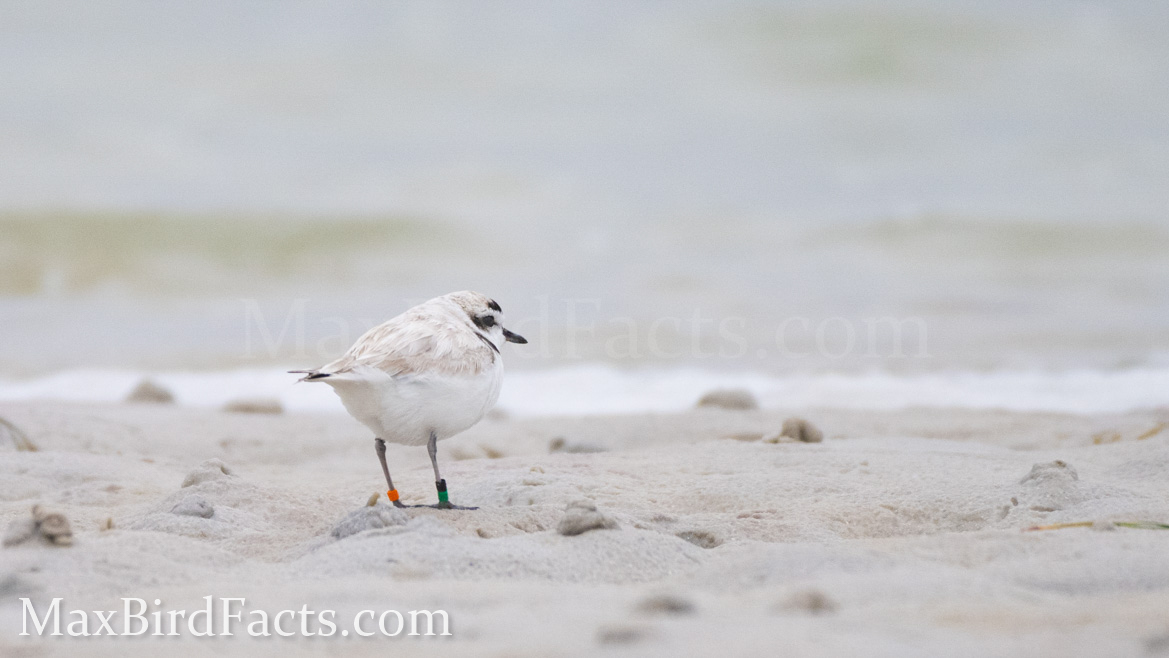
Here’s an example using the Snowy Plover (Charadrius nivosus) pictured above:
- Snowy Plover (Charadrius nivosus)
- 09:57:16 EST; 22 January 2022; Fort De Soto North Beach; 27°38’45.1″N 82°44’31.3″W
- Left Upper Leg: Aluminum Federal Service Band
- Left Lower Leg: Orange Colored Band
- Right Upper Leg: No Bands Present
- Right Lower Leg: Black Above Green Colored Bands
- Additional Notes: Seen in mixed flocks with Piping and Semipalmated Plovers. Foraging along the shoreline and running in short bursts between feeding areas. Individuals appeared in good health, with no visible distress or damage to body or appearance. No behaviors of note besides foraging. The individual above appears in breeding plumage, and possibly male based on the black collar instead of brown.
I’ve broken these sections up into their respective families to make the birds easier to find. Follow the links and tables provided.
If you have any questions about submitting a banded bird reporting, don’t hesitate to contact me. I am more than happy to help!
I want to give a special thank you to Lindsay Addison for reaching out with some more accurate information on Yellow, Blue, and Black Banded Black Skimmers. And thank you Kelsi Hunt for the updated contact info on White Banded Black Skimmers, along with the new contact information for White Banded Common Terns, Gull-billed Terns, Laughing Gulls, Royal Terns, and Sandwich Terns.
If you are a researcher or know a better way to report any of the birds I have listed, please reach out to me and let me know so I can update this page!
Due to the length of this article, if you are here solely to report a banded bird, I would recommend performing a CTRL+F (Windows) or COMMAND+F (MAC) and typing the common name of the species.
For example, if you have a photo or field note of a Black Skimmer with a Red Band, press and hold CTRL+F and a search bar should appear at the top right of your browser, then type “Black Skimmer,” which will bring you directly to that species’ section of this article, and this can be done for any of the species I have listed here.
Simply click or tap the image or blue text to bring you directly to the reporting agency. Thank you for doing your part to help these researchers!
– Birds of Prey (Accipitriformes) –
Bald Eagle (Haliaeetus leucocephalus)

Report all observations of banded Bald Eagles here.
All research of banded Bald Eagles is run through the U.S. Geological Survey.
Alternatively, you can email your report of a banded eagle to bandreports@usgs.gov.
– Plovers (Charadriinae) –
Piping Plover (Charadrius melodus)
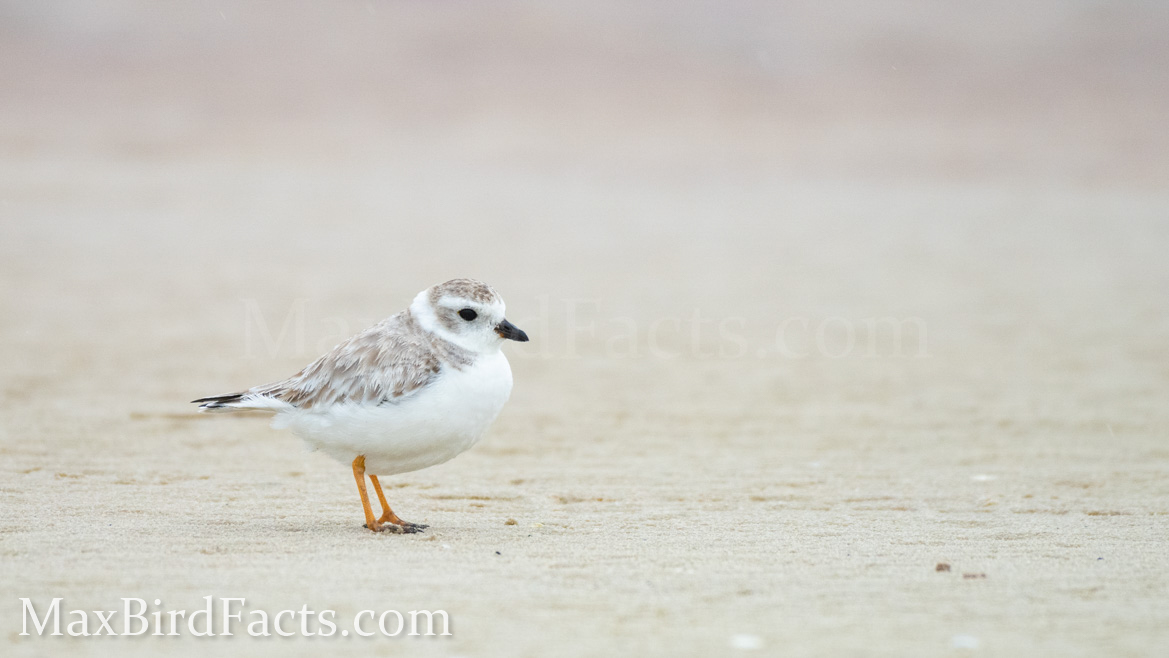
| What is on the Bird | Region Banded | Report Here |
|---|---|---|
| Red Flag | Texas Gulf Coast | dnewstead@cbbep.org |
| Pink Flag | Commonwealth of The Bahamas | BahamasPIPL@audubon.org AND vt.plover@gmail.com |
| Green Flag | US Atlantic Coast | ppaton@uri.edu AND vt.plover@gmail.com |
| Light Blue Flag | US Great Plains | Joel.Jorgensen@nebraska.gov, stephen.brenner@nebraska.gov, mark.vrtiska@unl.edu, AND npwrc.ternplover@usgs.gov |
| Blue OR Yellow Flag | US Great Plains | Joel.Jorgensen@nebraska.gov AND npwrc.ternplover@usgs.gov |
| Black/Gray/White Flag | Eastern Canada | Cheri.gratto-trevor@canada.ca |
| Orange Flag OR Metal Band on the upper leg and colored bands on the lower leg (no flag) | US or Canada Great Lakes | plover@umn.edu |
| Colored Bands ONLY on the upper leg (NO flag and NO lower leg bands) | US Atlantic Coast | Christina.Davis@dep.nj.gov |
Snowy Plover (Charadrius nivosus)
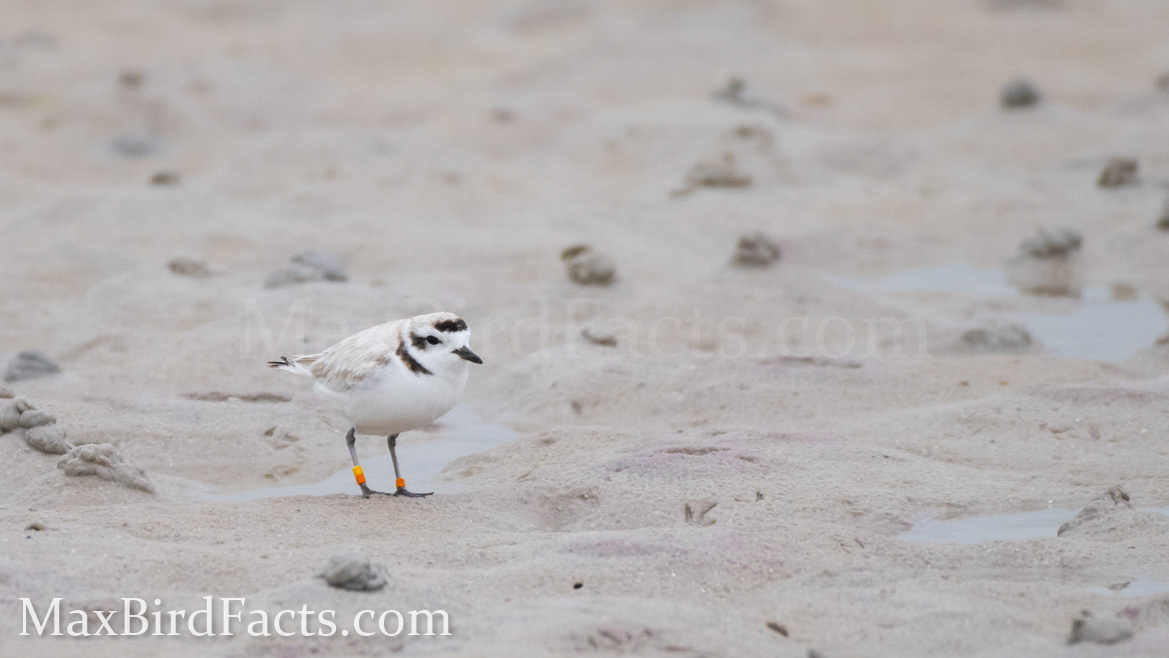
Report all observations of banded Snowy Plovers here.
They did a great job setting up this reporting page, it’s very intuitive and easy to follow. Additionally, it allows you to submit up to three individuals at a time, which is really handy!
Alternatively, you can email raya.pruner@myFWC.com.
Wilson’s Plover (Charadrius wilsonia)
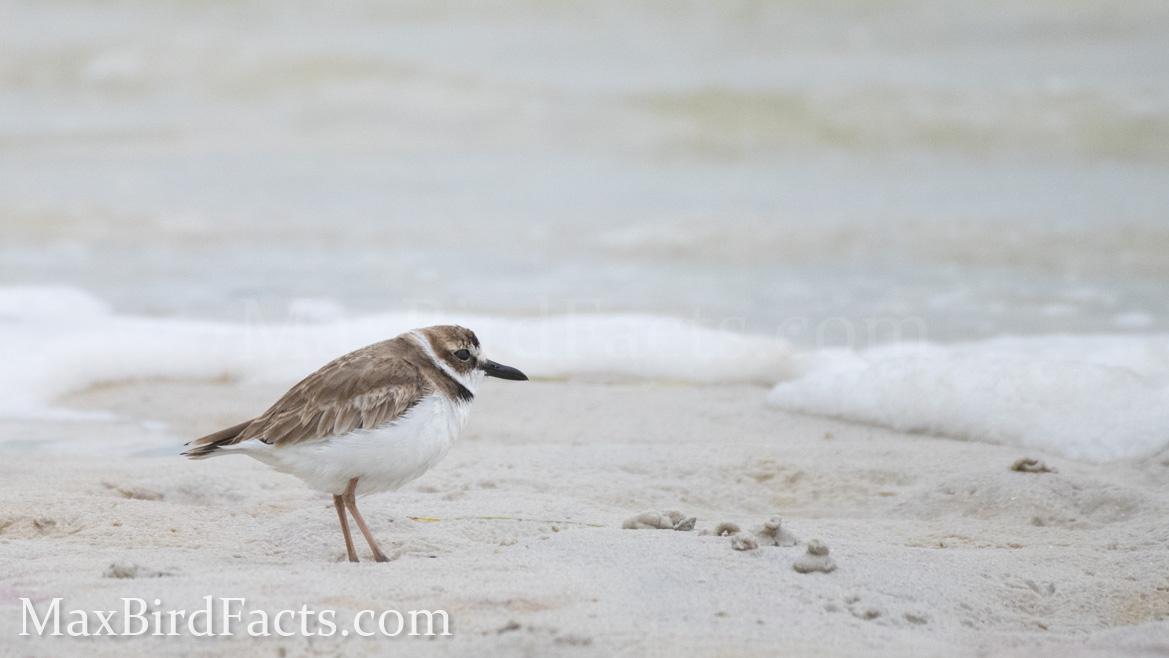
| Band/Flag Color | State/Country Banded | Report Here |
|---|---|---|
| Red Band | Texas | rgibbons@houstonaudubon.org AND sheath@gcbo.org OR WIPL.banded@gmail.com |
| Yellow Band | Louisiana | ejohnson@audubon.org OR WIPL.banded@gmail.com |
| Green Band | Florida | raya.pruner@myFWC.com OR WIPL.banded@gmail.com |
| Black Band | Texas | dnewstead@cbbep.org OR WIPL.banded@gmail.com |
| White Band | Mississippi & Georgia | adarrah@audubon.org OR WIPL.banded@gmail.com |
| Light Green Flag | South Carolina | WIPL.banded@gmail.com |
| Black Flag | Venezuela | paave.venezuela@gmail.com OR http://www.biogeomatic.com |
– Oystercatchers (Haematopodidae) –
Black Oystercatcher (Haematopus bachmani)
Report all observations of banded Black Oystercatchers here.
Unfortunately, I don’t have any photos of Black Oystercatchers, and my rule with my website is that anything I use has to be content I personally created. I’ll have to plan a trip soon to make some photos of these beautiful birds.
American Oystercatcher (Haematopus palliatus)
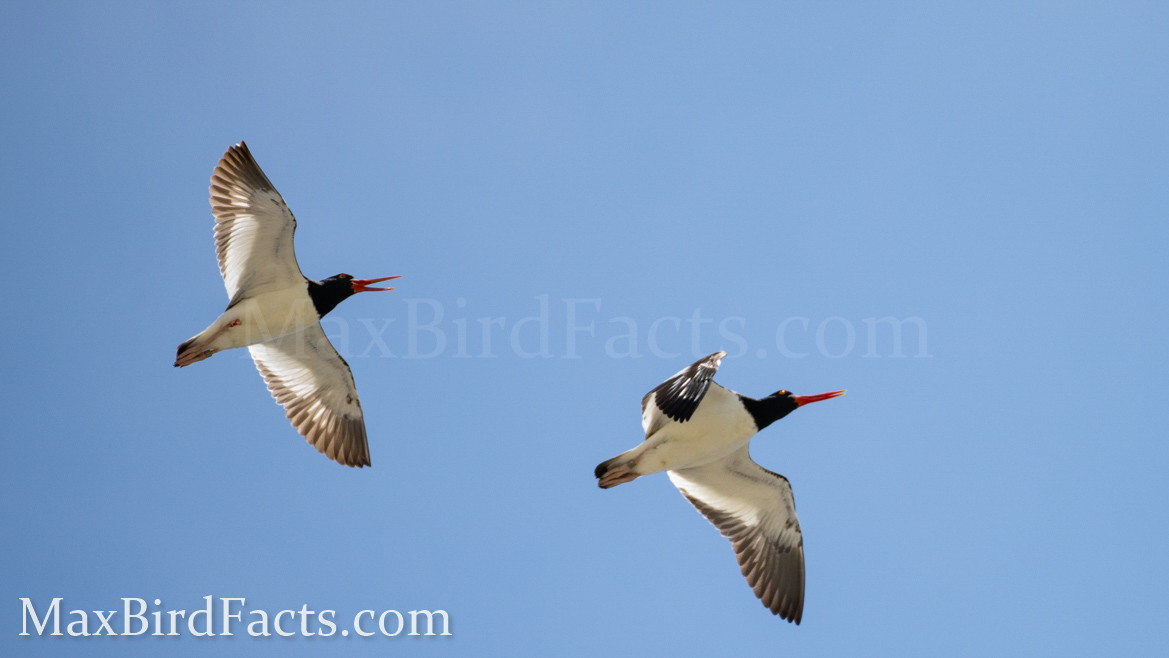
Report all observations of banded American Oystercatchers here.
This website isn’t as user-friendly as the Snowy Plovers’ site. Still, with a little finagling, you shouldn’t have any issues getting it to work.
How to read their banding codes: Check Out This Link
Here’s a great resource to see how the different bands appear: Check Out This Link
– Sandpipers (Scolopacidae) –
Red Knot (Calidris canutus)

Report all observations of banded Red Knots here.
This website has a ton of information and is the main hub for over 50 different species of banded birds reporting. Thankfully, the only required information they have for this form is the date, latitude and longitude, species, and your email. But don’t let that stop you from adding more info to the report; the more accurate data they have, the better.
– Gulls, Terns, & Skimmers (Laridae) –
Gull-billed Tern (Gelochelidon nilotica)
Report all observations of banded Gull-billed Terns with White Bands with Black Text here.
OR
Email vt.plover@gmail.com
Gull-billed Terns are a fairly rare occurrence where I live, but they are another species I need to check off my life list and collect some photos of for this article, perhaps even a banded individual.
Laughing Gull (Leucophaeus atricilla)

Report all observations of banded Laughing Gulls with White Bands and Black Text here.
OR
Email vt.plover@gmail.com
Black Skimmer (Rynchops niger)
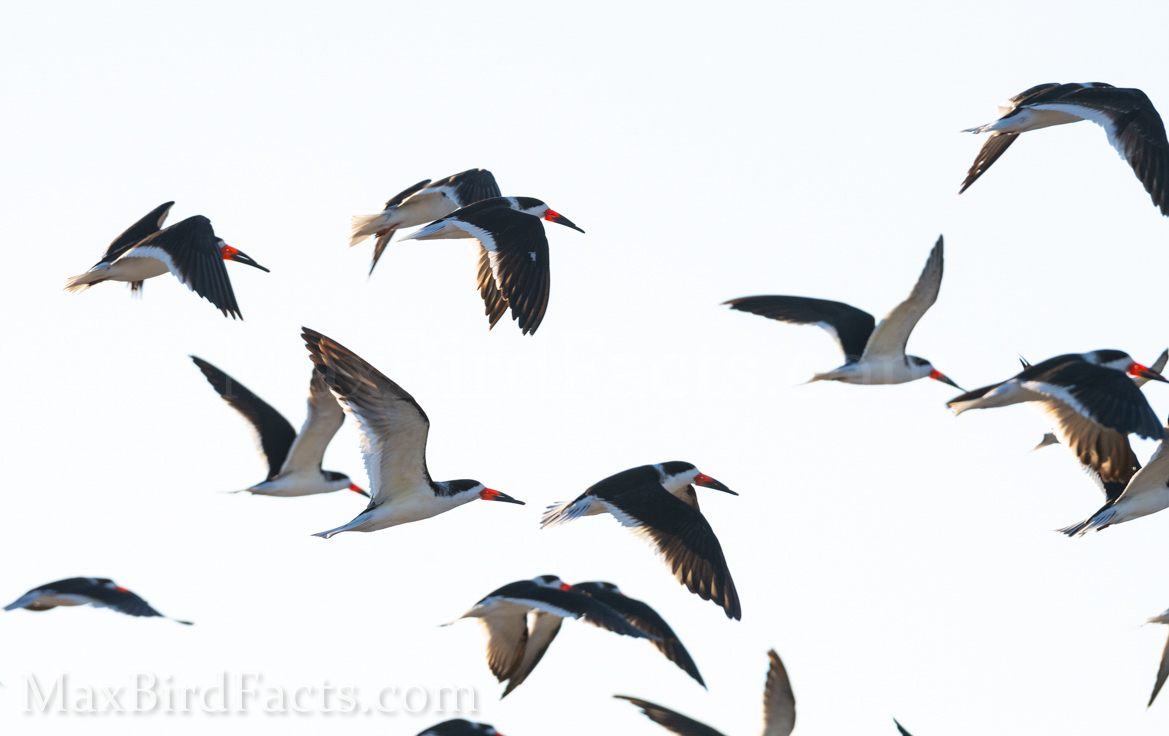
| Band Color | State Banded | Report Here |
|---|---|---|
| Red | Texas, Mississippi, & Others | abby.darrah@audubon.org OR http://bandedbirds.org/ |
| Orange | Massachusetts | carolyn.mostello@mass.gov |
| Yellow | New York | RLongiaru@gmail.com |
| Green | Florida | forysea@eckerd.edu AND/OR Post to Florida Banded Bird Resightings’ Facebook Page |
| Blue | New Jersey | Post to Facebook and tag Kashi Davis AND/OR http://www.reportband.gov |
| Black | North Carolina | lindsay.addison@audubon.org OR http://www.reportband.gov |
| White | Virginia | vt.plover@gmail.com OR https://www.pwrc.usgs.gov/bbl/bblretrv/ |
Common Tern (Sterna hirundo)
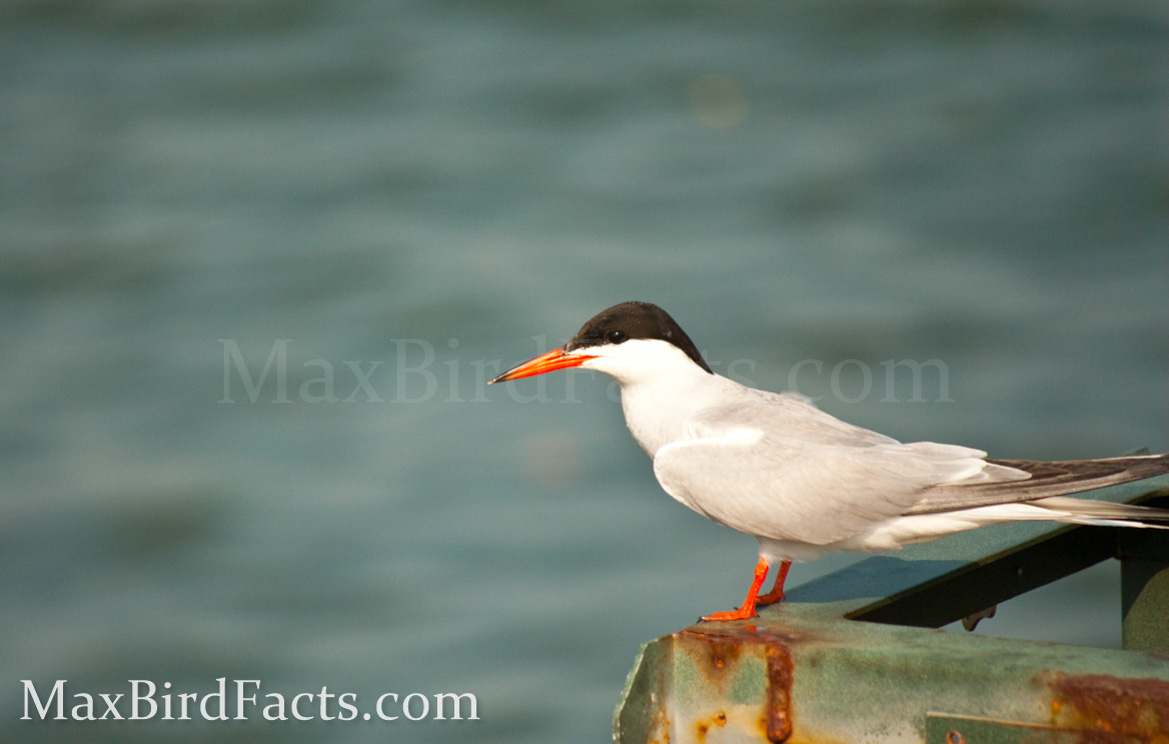
Report all observations of banded Common Terns with White Bands and Black Text here.
OR
Email vt.plover@gmail.com
Least Tern (Sternula antillarum)
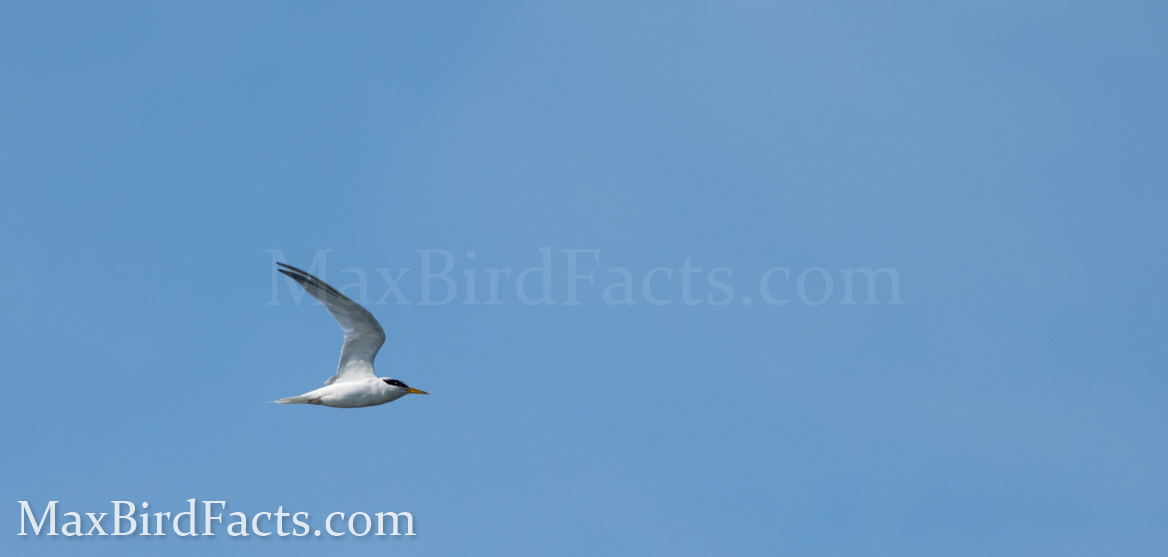
| Band Color | Text Color | Region Banded | Report Here |
|---|---|---|---|
| Yellow | Black | Missouri River | npwrc.ternplover@usgs.gov |
| Blue | White | Nebraska | Joel.Jorgensen@nebraska.gov AND npwrc.ternplover@usgs.gov |
| White | Black | Louisiana & Mississippi | abby.darrah@audubon.org OR http://bandedbirds.org/ |
Elegant Tern (Thalasseus elegans)
Report observations of Elegant Terns with Pink Die on Head, Metal Band, or Orange/Red Band here.
Like the Black Oystercatcher, this tern is still eluding me. Hopefully, I’ll be able to collect some photos of one soon to add to this article, and maybe even submit a banded bird report for one!
Royal Tern (Thalasseus maximus)
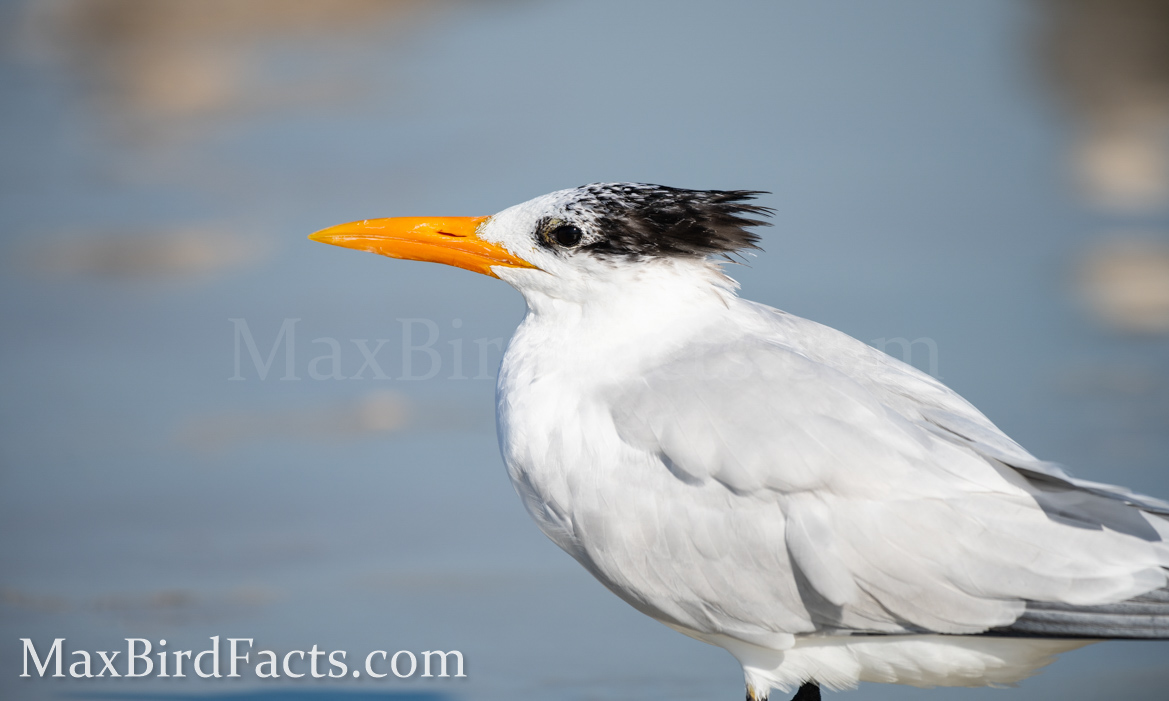
Report all observations of banded Royal Terns with White Bands and Black Text here.
OR
Email vt.plover@gmail.com
Sandwich Tern (Thalasseus sandvicensis)

Report all observations of banded Sandwich Terns with White Bands and Black Text here.
OR
Email vt.plover@gmail.com directly.
– Cranes (Gruidae) –
Florida Sandhill Crane (Antigone canadensis pratensis)
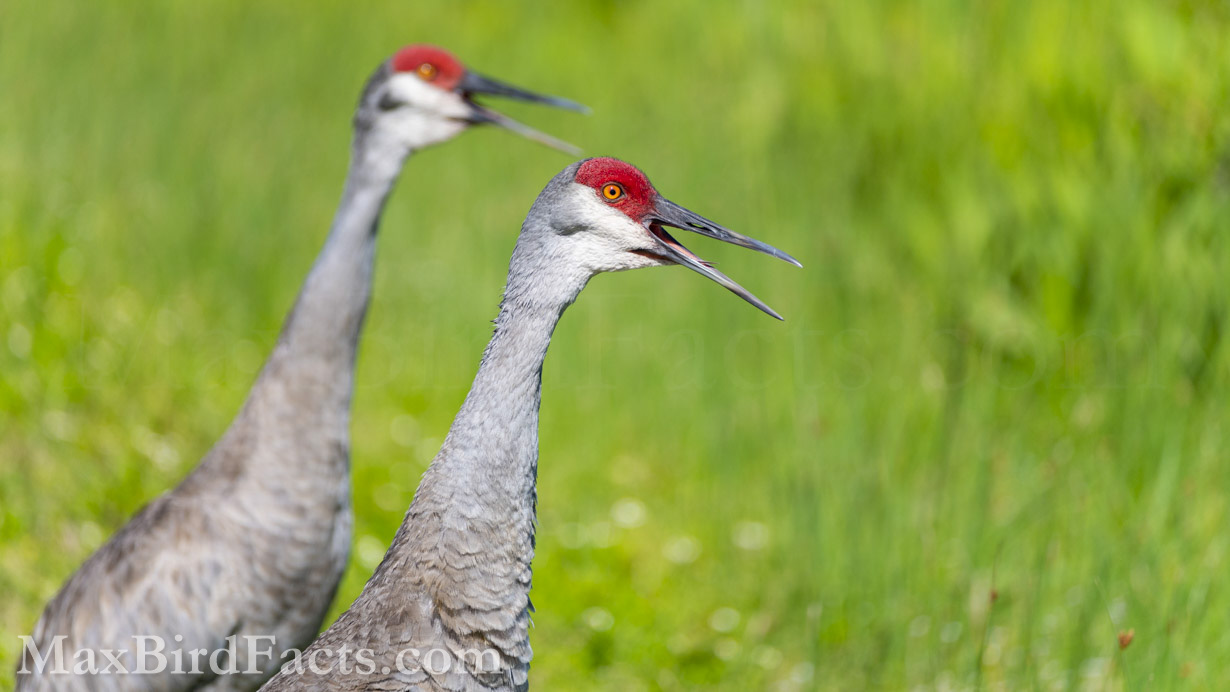
Report all sightings of banded FLORIDA Sandhill Cranes here.
Whooping Crane (Grus americana)
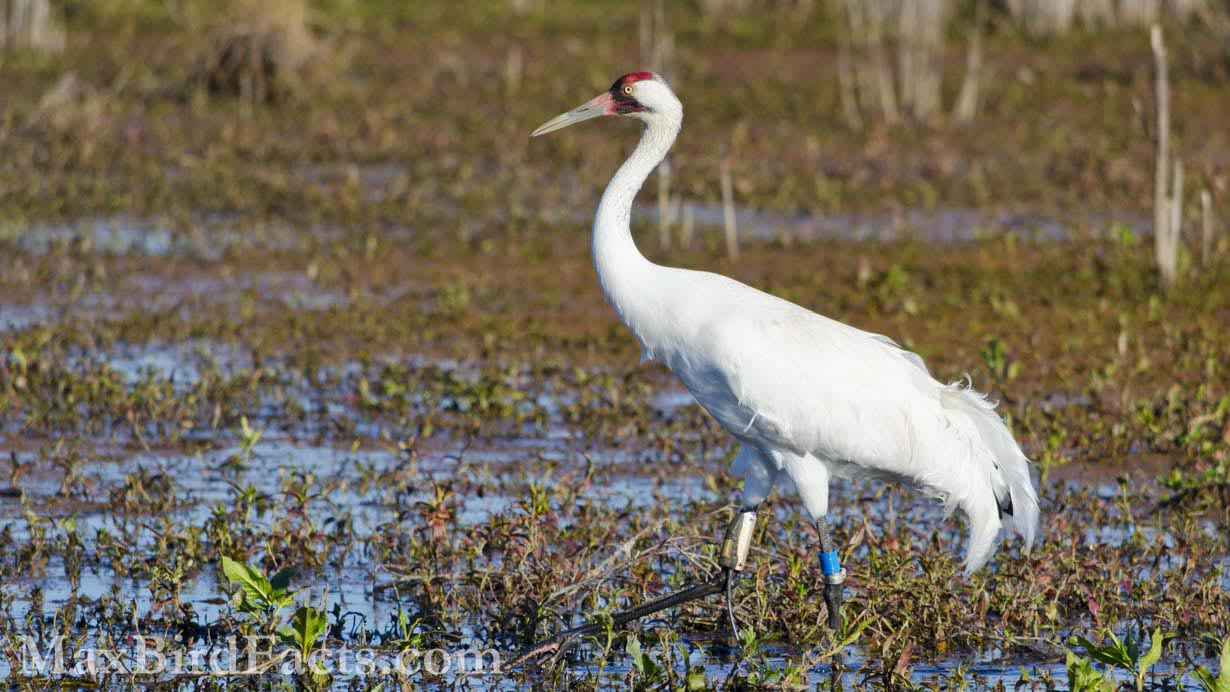
Report all observations of banded Whooping Cranes here.
– Pelicans (Pelecanidae) –
American White Pelican (Pelecanus erythrorhynchos)
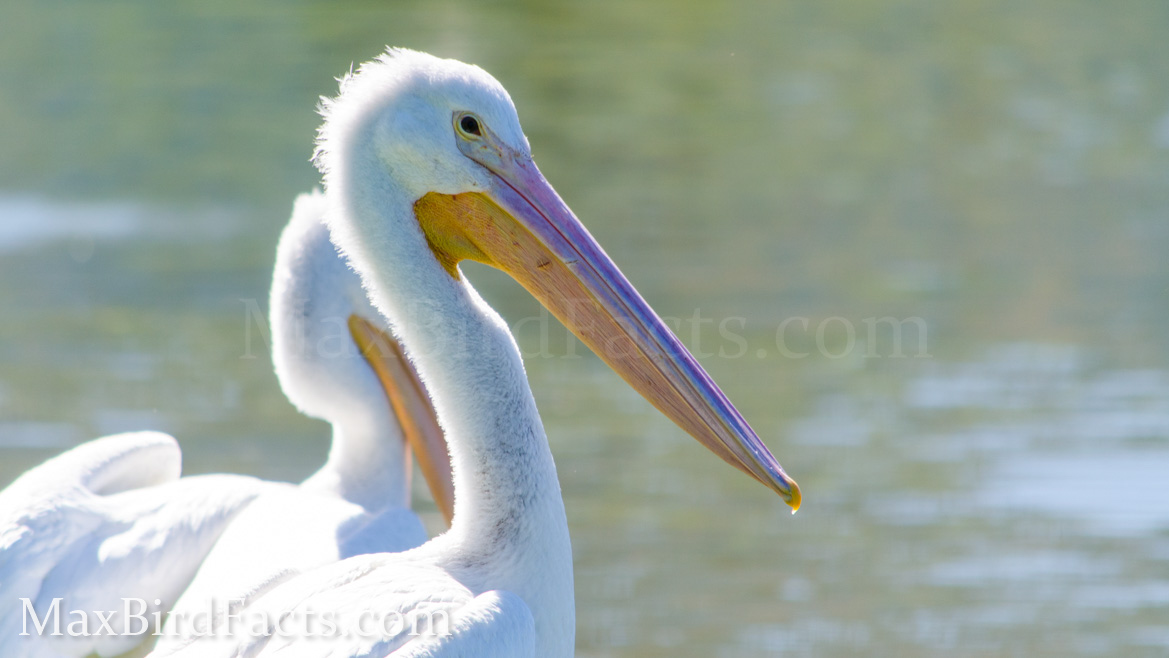
| Wing Flag Color | Region Banded | Report Here |
|---|---|---|
| Green with White Coding | Utah | johnneill@utah.gov OR https://www.pwrc.usgs.gov/BBL/bblretrv/ |
| Red with White Coding | Idaho | colleen.moulton@idfg.idaho.gov OR https://www.pwrc.usgs.gov/bbl/Bander_portal/login/main_login.php |
Brown Pelican (Pelecanus occidentalis)
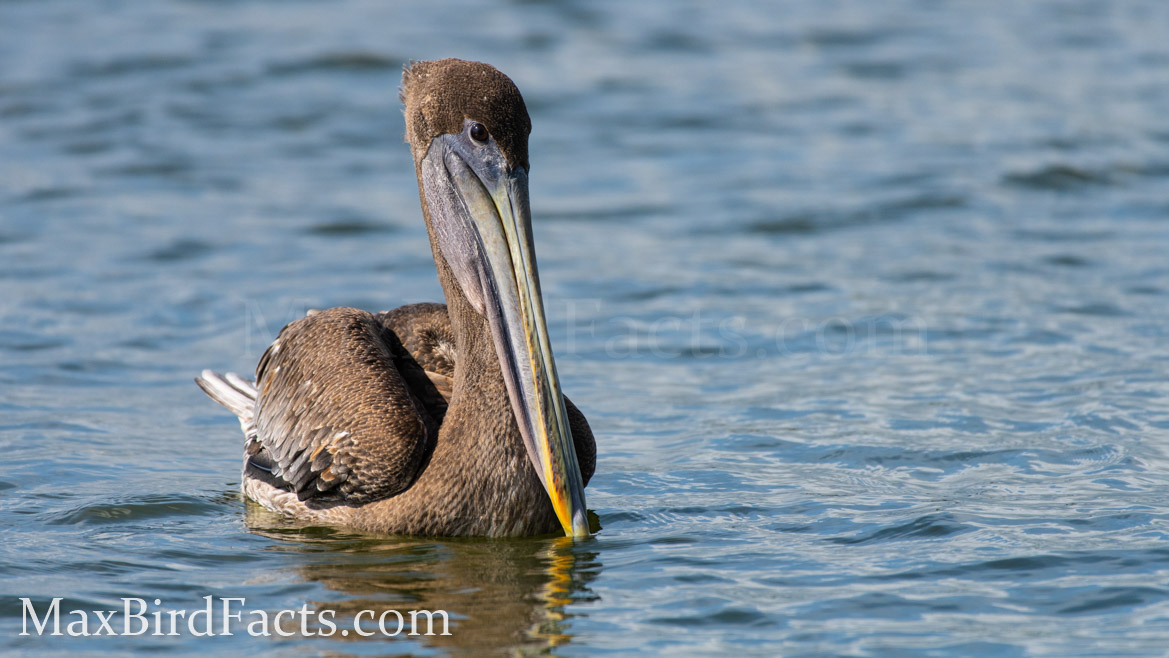
Report all observations of banded Brown Pelicans here.
| Band Color | Region Observed | Report Here |
|---|---|---|
| Blue w/ Single Letter & Two Numbers | US Pacific Coast | https://www.birdrescue.org/contact/found-a-bird/reporting-a-banded-bird/ |
| Green | California | https://owcn.vetmed.ucdavis.edu/report-green-banded-pelican |
| Blue/Green w/ Three Numbers OR Three Letters | US Atlantic or Gulf Coasts | https://www.pwrc.usgs.gov/BBL/bblretrv/ |
– Ibis & Spoonbills (Threskiornithidae) –
Roseate Spoonbill (Platalea ajaja)
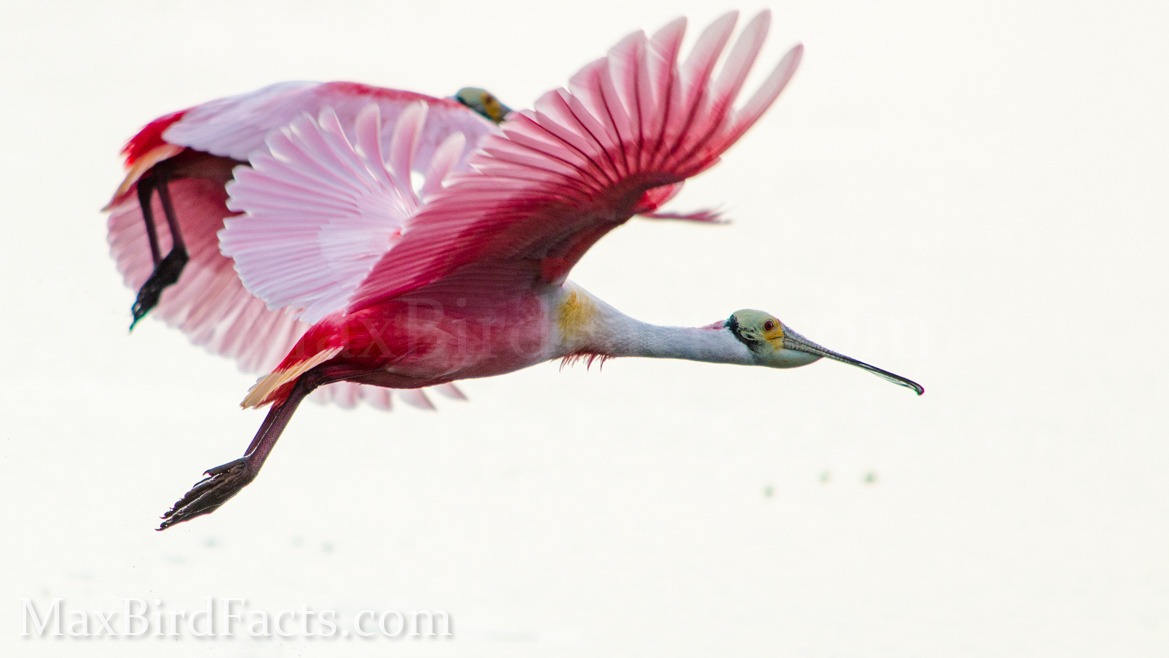
Report all observations of banded Roseate Spoonbills here.
– Herons, Egrets, & Bitterns (Ardeidae) –
Snowy Egret (Egretta thula)
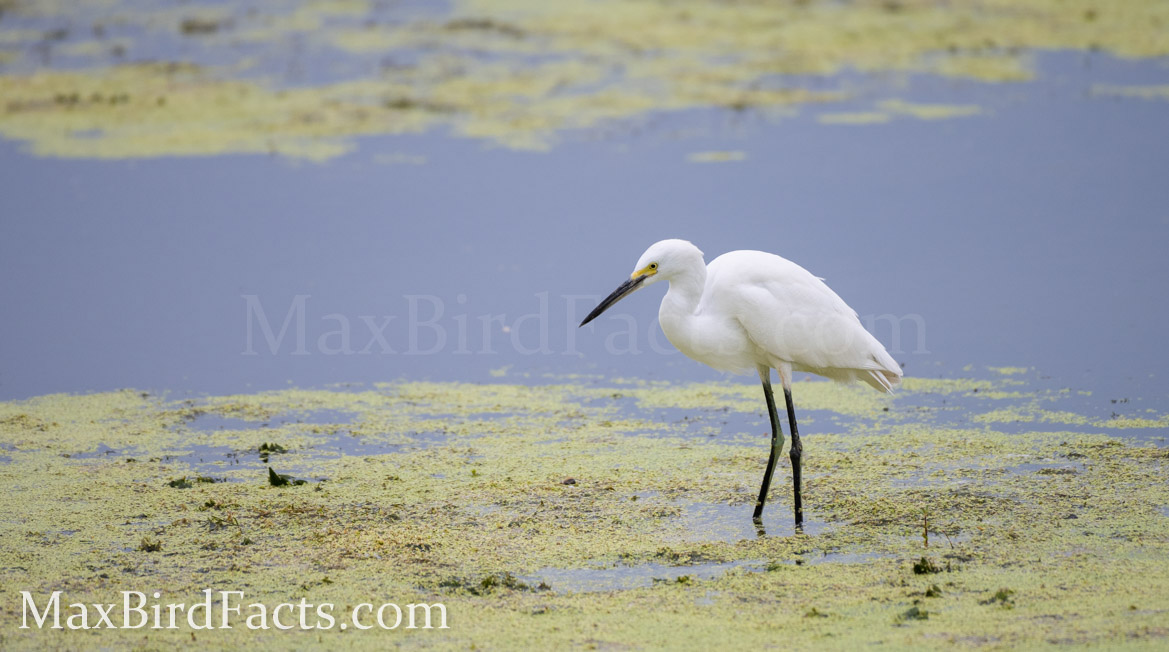
Report all observations of Red Snowy Egrets here.
Black-crowned Night-Heron (Nycticorax nycticorax)
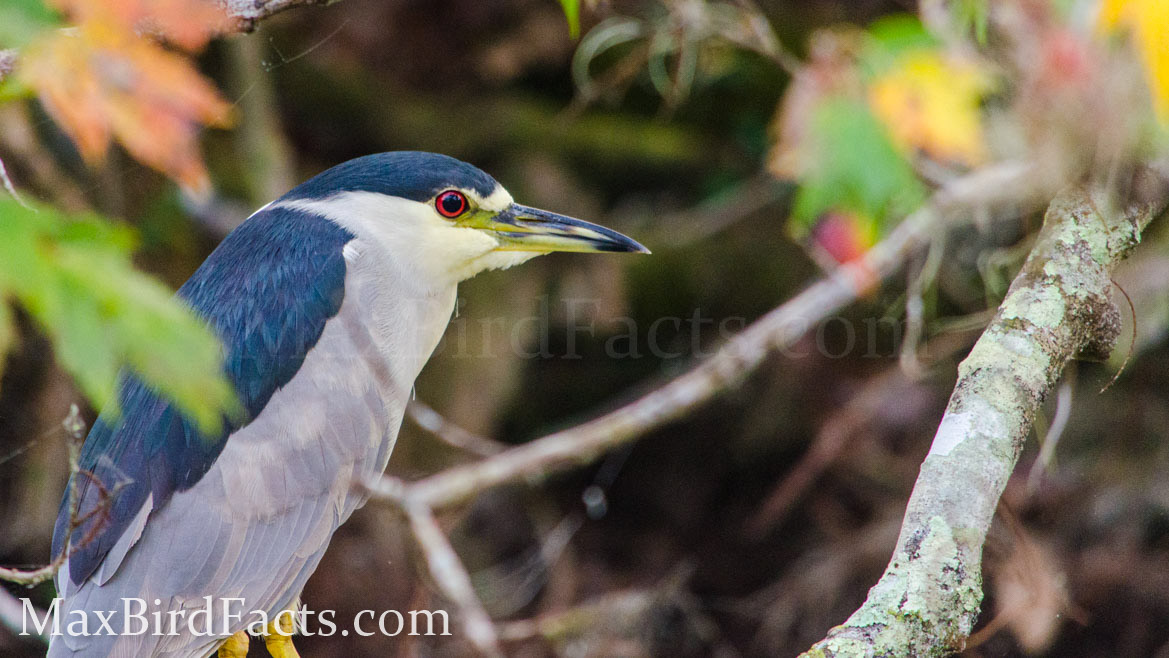
Report all observations of White Banded Black-crowned Night-Herons here.
– Ducks, Geese, & Swans (Anatidae) –
Canada Goose (Branta canadensis)
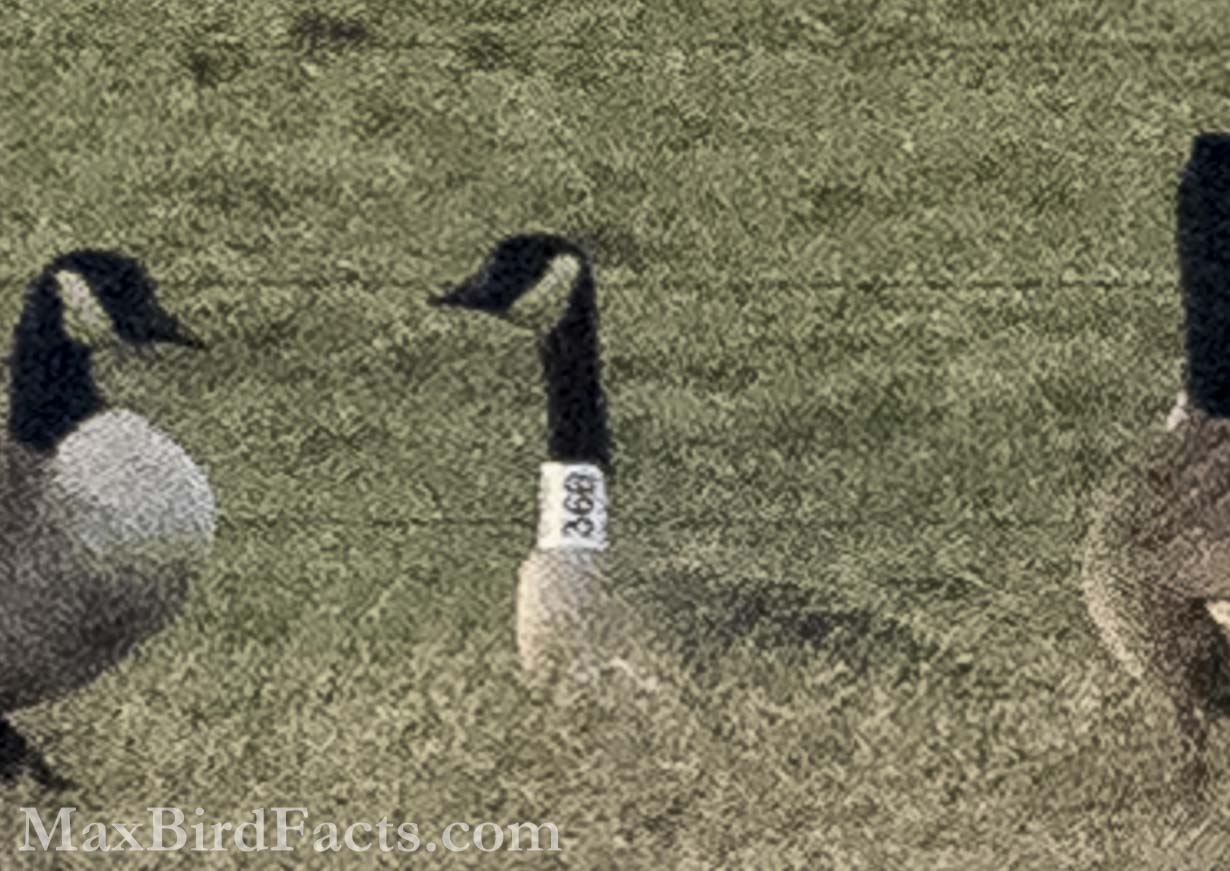
Report all observations of banded Canada Geese here.
– Jays, Magpies, & Crows (Corvidae) –
Florida Scrub-Jay (Aphelocoma coerulescens)
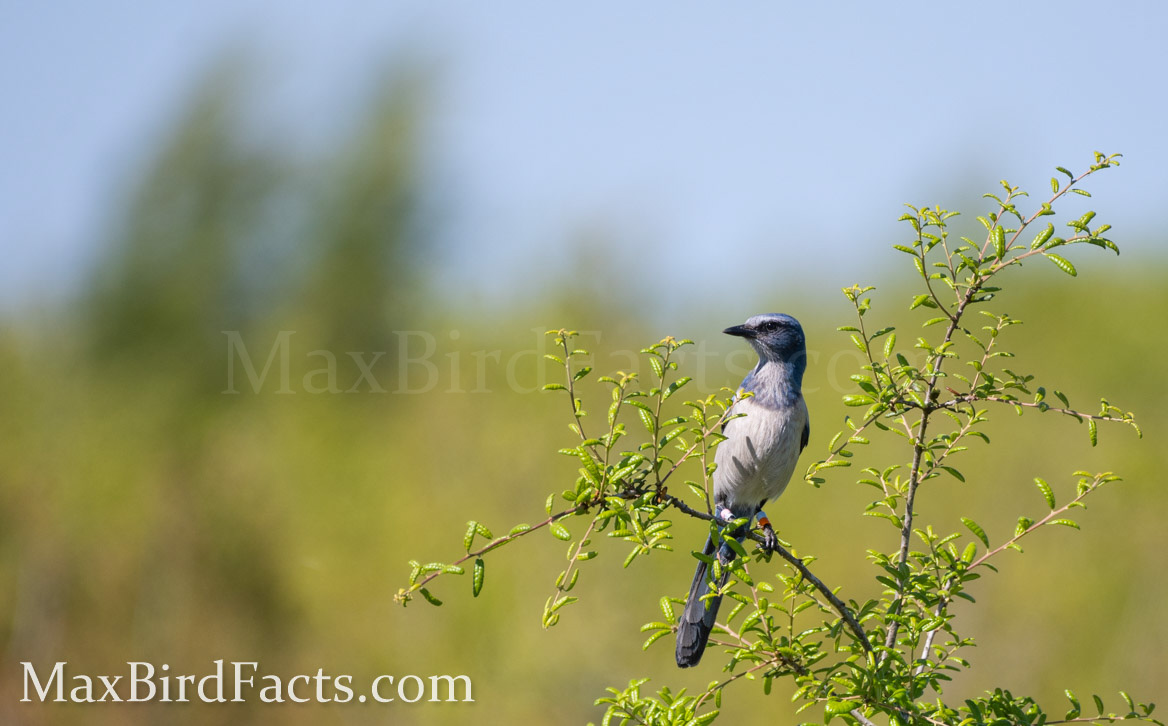
Report all observations of banded Florida Scrub-Jays here.
Get Outside & Happy Birding!!!
Max
Discover more from Welcome to MaxBirdFacts.com!!!
Subscribe to get the latest posts sent to your email.
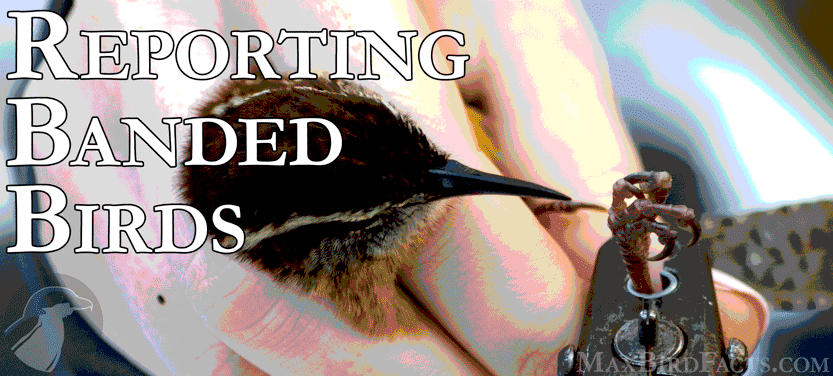
Pingback: 12 Fascinating Facts About The Canada Goose – Endangered To Abundant – Welcome to MaxBirdFacts.com!!!
Pingback: 2022 Lifers – A Year Of Birding – Welcome to MaxBirdFacts.com!!!
Some truly nice stuff on this site, I like it.
Thanks, Gralion! I’m glad you’re enjoying my site!
I have read so many posts about this, however, this post is really a good piece of writing, keep it up.